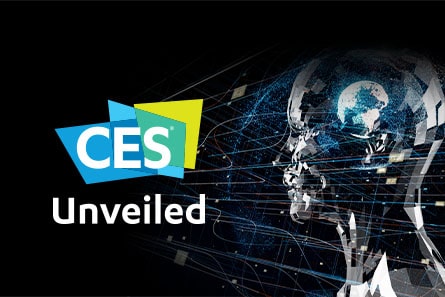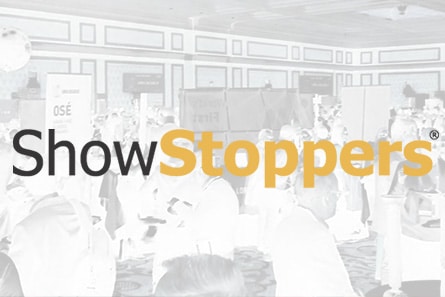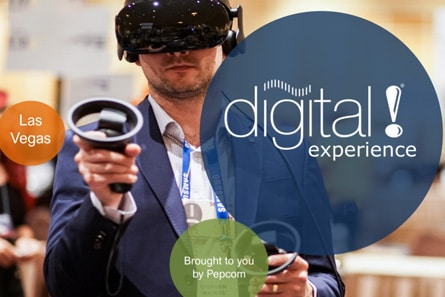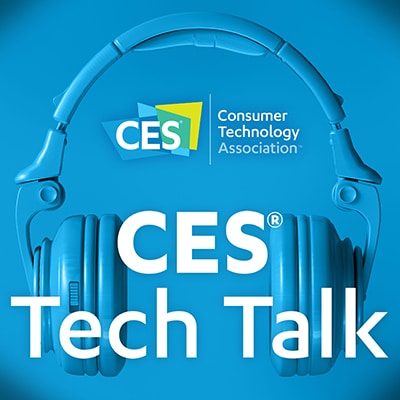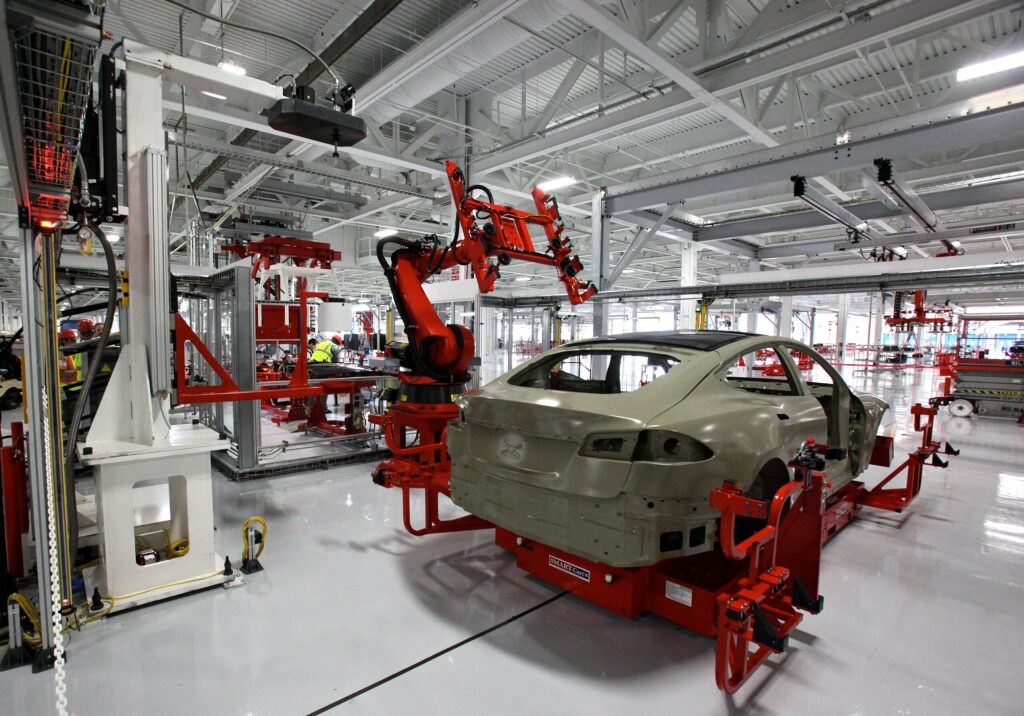
Getting knocked unconscious by the force equivalent of an 8,000-pound counterbalance weight isn’t exactly what you’d expect from a routine maintenance shift. Yet that’s exactly what Peter Hinterdobler alleges happened when a FANUC robotic arm malfunctioned at Tesla’s Fremont factory on July 22, 2023—an incident that’s now the center of a $51 million federal lawsuit that exposes serious questions about human safety in automated workplaces.
When Robots Attack: The Fremont Factory Incident
Hinterdobler, a robotics technician, was helping disassemble the industrial robotic arm when it suddenly struck him, knocking him unconscious and causing what his lawsuit describes as severe, ongoing injuries. The collision delivered devastating force—imagine getting hit by a small truck, and you’re in the ballpark.
His medical bills have already topped $1 million, with anticipated future expenses exceeding $6 million according to court filings. The lawsuit seeks:
- $20 million for pain and suffering alone
- $10 million for emotional distress
- $8 million for lost future earnings
Corporate Finger-Pointing in Federal Court
The lawsuit paints a damning picture of industrial safety failures. Tesla allegedly failed to ensure the robot was “safely de-energized, secured, and stable” before allowing technician access, while also placing the equipment in an inappropriate location.
FANUC, one of the world’s largest automation manufacturers, faces accusations of negligent design and inadequate user instruction that led to the robot’s dangerous malfunction. Perhaps most telling: Tesla reportedly implemented new safety protocols for this type of robot after the incident—suggesting previous procedures were insufficient.
Adding insult to injury, Hinterdobler claims Tesla has denied him access to video footage of his own workplace accident.
The Automation Accountability Question
Tesla’s Fremont plant has faced workplace safety scrutiny before, but this incident arrives at a particularly awkward moment for Elon Musk‘s automation ambitions. As Tesla doubles down on robotics and AI-driven manufacturing—key components of Musk’s future vision and executive compensation—workplace incidents like this underscore the human cost of moving fast and breaking things when those “things” include safety protocols.
The case, now in Oakland’s federal district court, could influence how regulators approach human-robot collaboration standards across manufacturing. Both defendants have yet to file formal responses, leaving their defense strategies unclear as the industry watches.
Last modified: September 27, 2025



